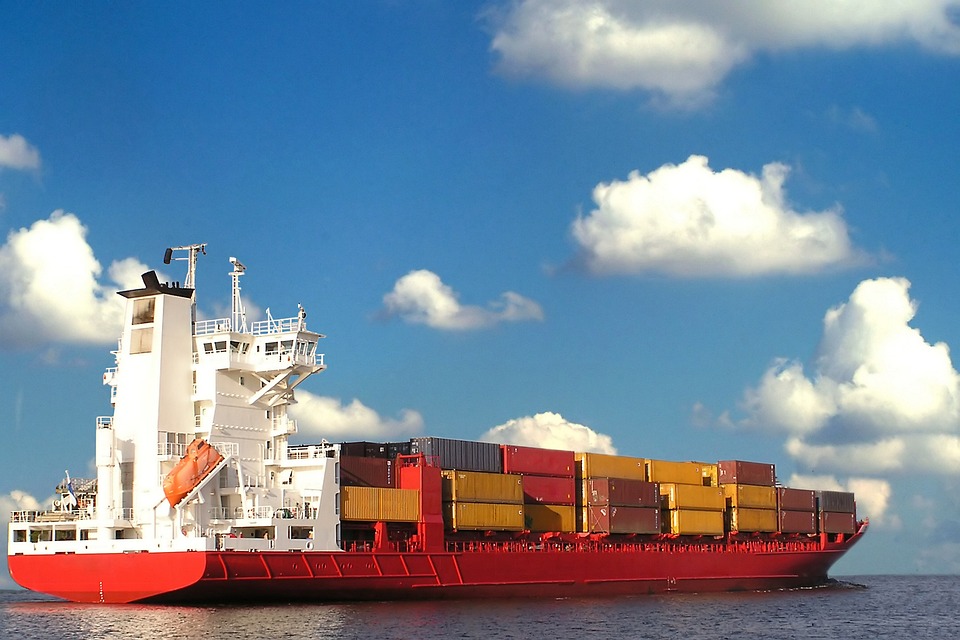The COVID-19 pandemic has brought about a significant shift in the way businesses operate, with the global supply chain being one of the most affected areas. The pandemic has caused widespread disruptions to supply chains, leading to delays, shortages, and increased costs. As a result, companies are being forced to adapt to a new normal, where supply chain resilience and agility are crucial for survival. According to a report by McKinsey, the pandemic has accelerated the need for supply chain transformation, with 75% of companies planning to reconfigure their supply chains in response to the crisis.
The global supply chain shock has been caused by a combination of factors, including lockdowns, social distancing measures, and border closures. These measures have led to a significant reduction in the production and transportation of goods, resulting in shortages and delays. For example, the lockdown in China, which is the world’s largest manufacturing hub, had a significant impact on global supply chains, with many companies experiencing delays and shortages of critical components. As reported by Bloomberg, the lockdown in China resulted in a 30% reduction in exports, with the automotive and electronics industries being particularly affected.
In addition to the pandemic, other factors such as trade tensions, natural disasters, and cybersecurity threats have also contributed to the global supply chain shock. For instance, the trade tensions between the US and China have led to tariffs and trade restrictions, which have disrupted supply chains and increased costs for companies. As noted by Forbes, the trade war has resulted in a 10% increase in costs for companies, with the technology and manufacturing sectors being particularly affected.
To navigate the new normal, companies need to adopt a proactive and agile approach to supply chain management. This includes diversifying their supply base, investing in digital technologies, and building resilience into their supply chains. As reported by Gartner, companies that have invested in digital technologies such as artificial intelligence and blockchain have been better able to respond to the pandemic and minimize disruptions to their supply chains.
Another key strategy for navigating the new normal is to focus on supply chain visibility and transparency. This includes having real-time visibility into inventory levels, shipping schedules, and supplier performance. As noted by Supply Chain Dive, companies that have invested in supply chain visibility have been better able to respond to disruptions and minimize the impact of the pandemic on their operations.
In addition to these strategies, companies also need to prioritize sustainability and social responsibility in their supply chains. This includes ensuring that suppliers are adhering to environmental and social standards, and that supply chains are resilient to climate-related disruptions. As reported by UNESCO, sustainable supply chains can help to reduce the risk of disruptions and improve the overall resilience of supply chains.
Furthermore, companies need to invest in employee training and development to ensure that they have the skills and expertise needed to navigate the new normal. This includes training on digital technologies, supply chain management, and sustainability. As noted by SHRM, employee training and development are critical for building a resilient and agile supply chain.
In conclusion, the global supply chain shock has brought about a new normal, where supply chain resilience and agility are crucial for survival. Companies need to adopt a proactive and agile approach to supply chain management, including diversifying their supply base, investing in digital technologies, and building resilience into their supply chains. By prioritizing sustainability, social responsibility, and employee training and development, companies can navigate the new normal and thrive in a rapidly changing business environment.
FAQs
Q: What are the main causes of the global supply chain shock?
A: The main causes of the global supply chain shock include the COVID-19 pandemic, trade tensions, natural disasters, and cybersecurity threats. For more information, visit World Economic Forum and Supply Chain Management Review.
Q: How can companies navigate the new normal?
A: Companies can navigate the new normal by adopting a proactive and agile approach to supply chain management, including diversifying their supply base, investing in digital technologies, and building resilience into their supply chains. For more information, visit McKinsey and Gartner.
Q: What is the importance of supply chain visibility and transparency?
A: Supply chain visibility and transparency are critical for navigating the new normal, as they enable companies to have real-time visibility into inventory levels, shipping schedules, and supplier performance. For more information, visit Supply Chain Dive and Inbound Logistics.
Q: How can companies prioritize sustainability and social responsibility in their supply chains?
A: Companies can prioritize sustainability and social responsibility in their supply chains by ensuring that suppliers are adhering to environmental and social standards, and that supply chains are resilient to climate-related disruptions. For more information, visit UNESCO and WBCSD.
Q: What is the importance of employee training and development in navigating the new normal?
A: Employee training and development are critical for building a resilient and agile supply chain, as they enable companies to have the skills and expertise needed to navigate the new normal. For more information, visit SHRM and Training Magazine.





